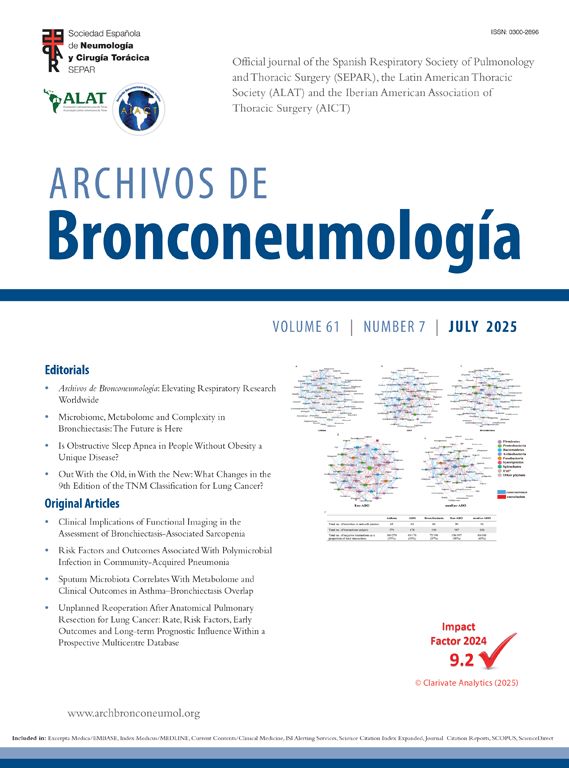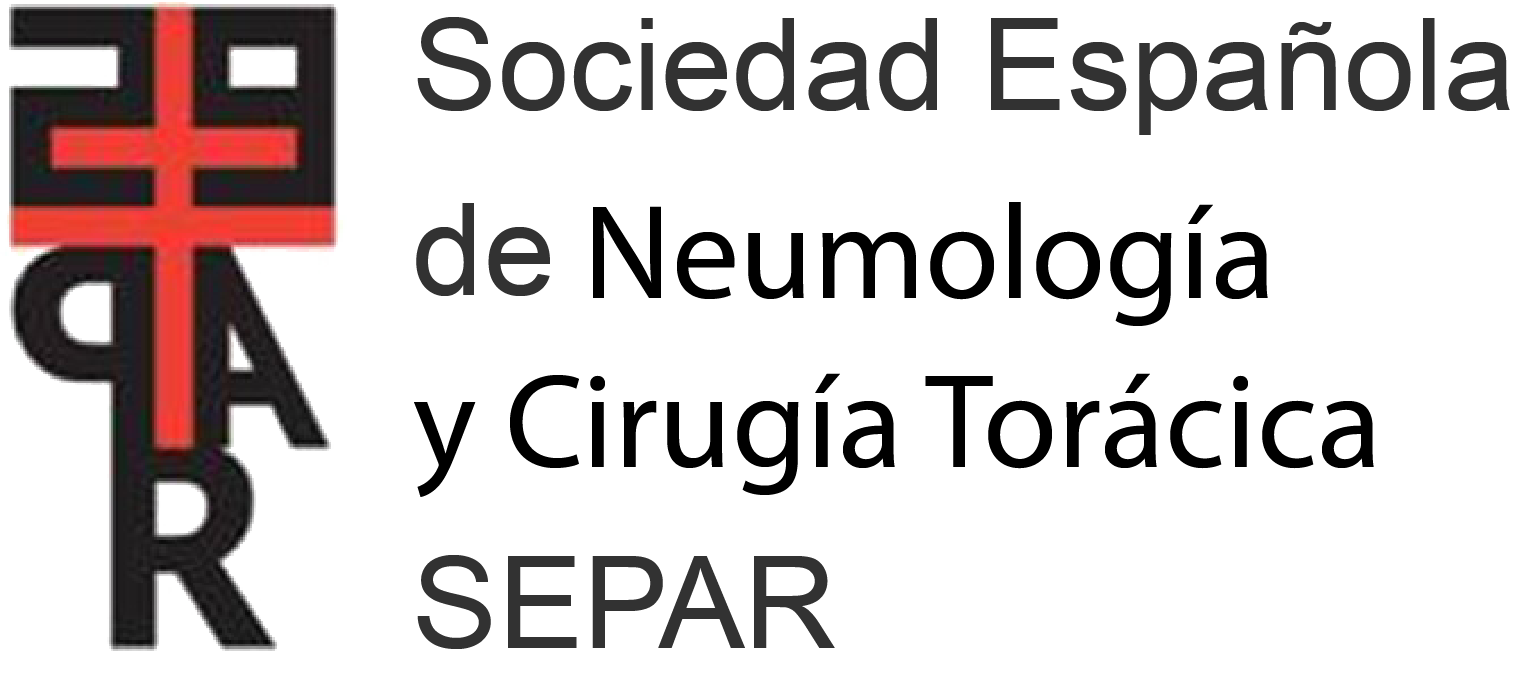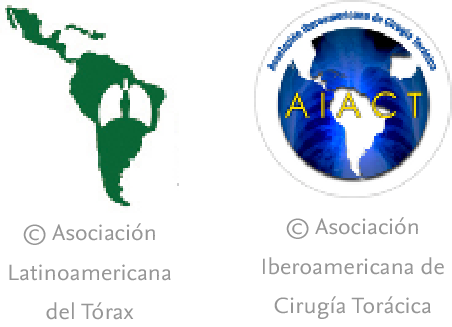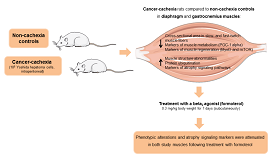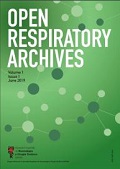Cystic fibrosis (CF) patients experience bacterial colonization/infection; however, the role of fungal pathogens remains less defined. Recent studies recognize their presence in respiratory tracts, with evidence linking them to worse outcomes. Of particular concern is Lomentospora prolificans, a highly resistant fungus lacking effective antifungal regimens. Notably, there are no prior studies addressing treatment of infections by Lomentospora strains with such high antifungal resistance in CF patients, highlighting the novelty of this case. Current recommendations suggest double/triple therapy based on in vitro susceptibility.1,2
Respiratory colonization by Lomentospora is particularly alarming in lung transplant recipients. Reported mortality rates for solid organ transplant recipients’ range between 40% and 100%. For CF patients, pre- and post-transplant eradication therapy is recommended to prevent invasive fungal infections.3 Despite limited antifungal options against Lomentospora, emerging therapies bring renewed hope for treatment. Olorofilm is the first antifungal from the orotomide class, administered orally. It works by inhibiting fungal dihydroorotate dehydrogenase, essential for cell wall synthesis. Olorofim has advanced through preclinical studies and phase 1 human trials and is now undergoing a phase 2 clinical trial. It has shown activity against Aspergillus, L. prolificans, and dimorphic fungi.4,5
Here, we present the case of a 37-year-old female patient with CF and Class I-II mutations (G542X/R1066C), not eligible for CFTR modulator therapy, infected with L. prolificans. Her respiratory condition was compromised, with a FEV1 of 38%. She was on active lung transplant list since 2022. Following the initial detection of L. prolificans in her sputum, a combination therapy of liposomal amphotericin B, voriconazole, and terbinafine was initiated. This regimen failed to eradicate the fungus after six months. Olorofilm was requested as compassionate use. During eight months of treatment, repeated sputum cultures, inflammatory markers, liver function tests, and chest CT scans were performed to monitor microbiological and clinical response. Cultures became negative, radiological findings improved, pulmonary function stabilized and no exacerbations occurred during treatment. After a year of treatment, the patient was admitted for lung transplant. During the surgical procedure, treatment with meropenem, tobramycin, and Olorofilm 90mg was administered, maintaining this regimen after surgery. Despite this, the patient's clinical condition in the postoperative period progressively worsened, with Lomentospora and Pseudomonas being isolated in bronchial aspirate cultures. Although there was a brief window of clinical improvement, in the subsequent days, the patient developed nosocomial pneumonia and failed extubation. This was followed by multiorgan failure, with Lomentospora isolated in blood cultures, leading to a diagnosis of invasive fungal infection, which ultimately resulted in her death. This poor outcome was likely related to several factors, including high antifungal resistance, inherent complications of the immediate post-transplant, profound immunosuppression required, and the patient's pre-existing immune dysfunction.
Given the period of improvement and prolonged survival prior to deterioration, our case demonstrates the potential of Olorofim as an effective treatment option in challenging fungal infections like L. prolificans, without any interactions or side effects. Further research and clinical trials are needed to validate these findings and establish a robust treatment protocol for this life-threatening infection in CF patients.
Generative AINo material has been partially or totally produced with the help of any artificial intelligence software or tool.
FundingThis research did not receive any specific grant from funding agencies in the public, commercial, or not-for-profit sectors.
Conflicts of InterestThe authors declare not to have any conflicts of interest that may be considered to influence directly or indirectly the content of the manuscript.

